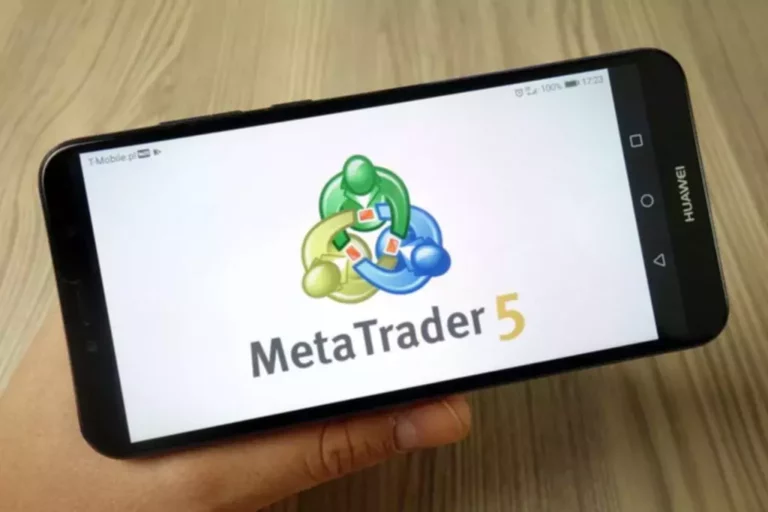Content
They offer new investment opportunities and financial tools that are reshaping traditional economic models. As blockchain technology and decentralized finance gain traction, digital assets are set to play a crucial role in the global economy. https://www.xcritical.com/ For beginners, the most common digital assets include major cryptocurrencies like bitcoin and Ethereum.
- Through blockchain technology, digital asset trading has opened opportunities for investors to participate in a larger transparent and decentralised financial system.
- According to Chainanalysis, Central & Southern Asia and Oceania (CSAO) is the third largest crypto market in the world, accounting for more than $750 billion in crypto asset inflows between July 2023 and June 2024.
- Payment tokens are designed for transactions and aim to function as digital cash.
- Often licensed digitally, these software assets underscore the shift from physical to intangible resources in modern business operations.
- Using digital assets wisely can help businesses grow and work better in our digital world.
- Monero stands as the leading privacy-focused cryptocurrency, using advanced cryptographic techniques like ring signatures and stealth addresses.
What are examples of digital assets?
As governments explore blockchain, some altcoins — especially those that are able to offer technology to a Central Bank Digital Currency (CBDC) initiative — are poised to benefit. Altcoin partnerships with central banks and international banking institutions could result in heightened adoption, since their usage would essentially be mandated by law. Some altcoins Proof of personhood pioneer groundbreaking features, such as smart contracts or governance models. If you find it exciting to experiment with new cryptographic technologies, you may find it rewarding to learn how to trade altcoins. Ethereum is the leading smart contract platform, enabling decentralized apps (dApps) and DeFi protocols. It introduced many key concepts that other altcoins have imitated or improved upon over the years.
Neptune Digital Assets (CVE:NDA) Trading 14.5% Higher – Time to Buy?

Of course, for anyone, the primary goal for investing money is to gain a return. However, that can only happen if the selected digital asset has that potential. You must research well and perform a thorough analysis before putting your money into any digital assets. Also, look after the risks involved, such as regulatory risks, trade digital asset volatility, etc., before investing your money.
Pros and Cons of Digital Assets

Digital assets are electronically stored data or information that have value and can be owned, exchanged, or transferred. They include cryptocurrencies, tokens, digital collectibles, and other forms of intangible assets. They are managed using blockchain technology or centralized databases. There was a time when the word assets used to have a limited definition and included traditional options such as a bank fixed deposit, stocks, gold, real estate, etc. However, with time and technological advancements, new investment avenues started to evolve, broadening and transforming the concept of assets to – digital assets. Financial institutions are increasingly recognizing the potential of digital assets to diversify investment portfolios, offer innovative financial products, and tap into new markets.
As digital assets integrate with traditional financial systems, they’ll likely drive innovation, improve liquidity, and democratize access to wealth-building tools. In the rapidly evolving landscape of finance, investing in digital assets has emerged as a groundbreaking opportunity for financial institutions and dedicated businesses alike. This decentralized ledger serves as a distributed database that maintains a continuously growing list of records, or blocks, linked and secured using cryptography.
To date, digital assets have played a speculative role in most portfolios, but there are signs of stabilization. For most investors, digital assets would comprise only a small portion of a well-diversified portfolio, with the goal of complementing core holdings and possibly improving its overall performance. Moreover, institutional sentiment toward cryptocurrencies is shifting. The speaker continued that the bulk of cryptocurrency trading is being driven by retail users, and not institutions. If digital asset custodians want to maximise their revenues, they need to develop products which support both the supply and demand sides.
At work, you used a cryptocurrency to buy sales data to analyze a specific market and sent a digital presentation of your findings to your boss, who forwarded it to management. It allowed them to make critical decisions and was filed away in the company’s digital storage vault. When you look at a list of the digital items that can be considered assets, it becomes clear that our lives are more digitally based than ever.
Ethereum (ETH) was the first to introduce easy-to-use, programmable smart contracts, enabling developers to build decentralized applications (dApps). Its ecosystem hosts thousands of projects, from decentralized finance protocols to Non-Fungible Token (NFT) marketplaces, with the platform processing millions of transactions daily. As discussed, the two most common kinds of digital assets are cryptocurrencies and NFTs. However, there’s no limit to what you may be able to do with a digital asset.
Amilcar has 10 years of FinTech, blockchain, and crypto startup experience and advises financial institutions, governments, regulators, and startups. Cryptocurrencies, for example, allow users to send and receive payments globally, quickly, and securely without relying on centralized authorities. The products and services described on this web site are intended to be made available only to persons in the United States, and the information on this web site is only for such persons. ETFs trade like stocks, are subject to investment risk, fluctuate in market value and may trade at prices above or below the ETFs net asset value. Exchange Traded Fund (ETF) An ETF is an open-ended fund that provides exposure to underlying investment, usually an index.

If you get lucky, early investments in successful altcoin projects can yield significant returns. For example, some people who made initial purchases of Shiba Inu worth only a few thousand dollars became multi-millionaires overnight. While fun to think about, these stories are exceedingly rare, and more akin to winning the lottery than investing wisely.
As more institutional players enter the market, the legitimacy and adoption of financial digital asset investments grow, driving long-term value and innovation in the space. This development could have long-term implications and eventually pan out to be a watershed moment, laying the groundwork for additional funds that offer a wider assortment of crypto assets. And while it’s still early in the adoption cycle for digital assets and blockchain technology, artificial intelligence (AI) should accelerate growth exponentially. Indirect funds typically provide managed or diversified exposure to digital assets like cryptocurrencies or to the digital assets ecosystem. These funds can buy crypto directly or hold cryptocurrency futures and ETFs, stocks of blockchain-related companies, or shares of firms with significant crypto assets.
Each has its own special features and uses, making them valuable in digital finance. All crypto assets are digital assets; however, we can not say that all digital assets are cryptos. While crypto assets include cryptos and asset-backed tokens, digital assets can consist of NFTs and even documents and videos that are not investment means. You just have to open an account with a crypto platform that facilitates the trading of your preferred digital asset. It will ask you for your basic personal and bank details to transfer the money to your wallet and purchase a digital asset. Digital asset management saves time for users by sorting files in a particular manner using metadata so that searching them becomes easy.
Through blockchain technology, digital asset trading has opened opportunities for investors to participate in a larger transparent and decentralised financial system. Blockchain technology and smart contracts form an essential part of trading digital assets, like NFTs, as they provide a secure ledger which is both transparent and decentralized for all transactions taking place. The surge of virtual goods and collectables has added a thrilling dimension to the digital asset ecosystem, blending creativity, technology, and commerce in unprecedented ways.
For example- Fidelity Digital Assets is a subsidiary of Fidelity Investments, one of the largest digital asset management in the world. A digital asset exchange provides a platform through which digital assets can be bought, sold, swapped, borrowed, or loaned through a peer-to-peer network. By providing a platform, the exchange acts as an intermediary to the trading parties.




